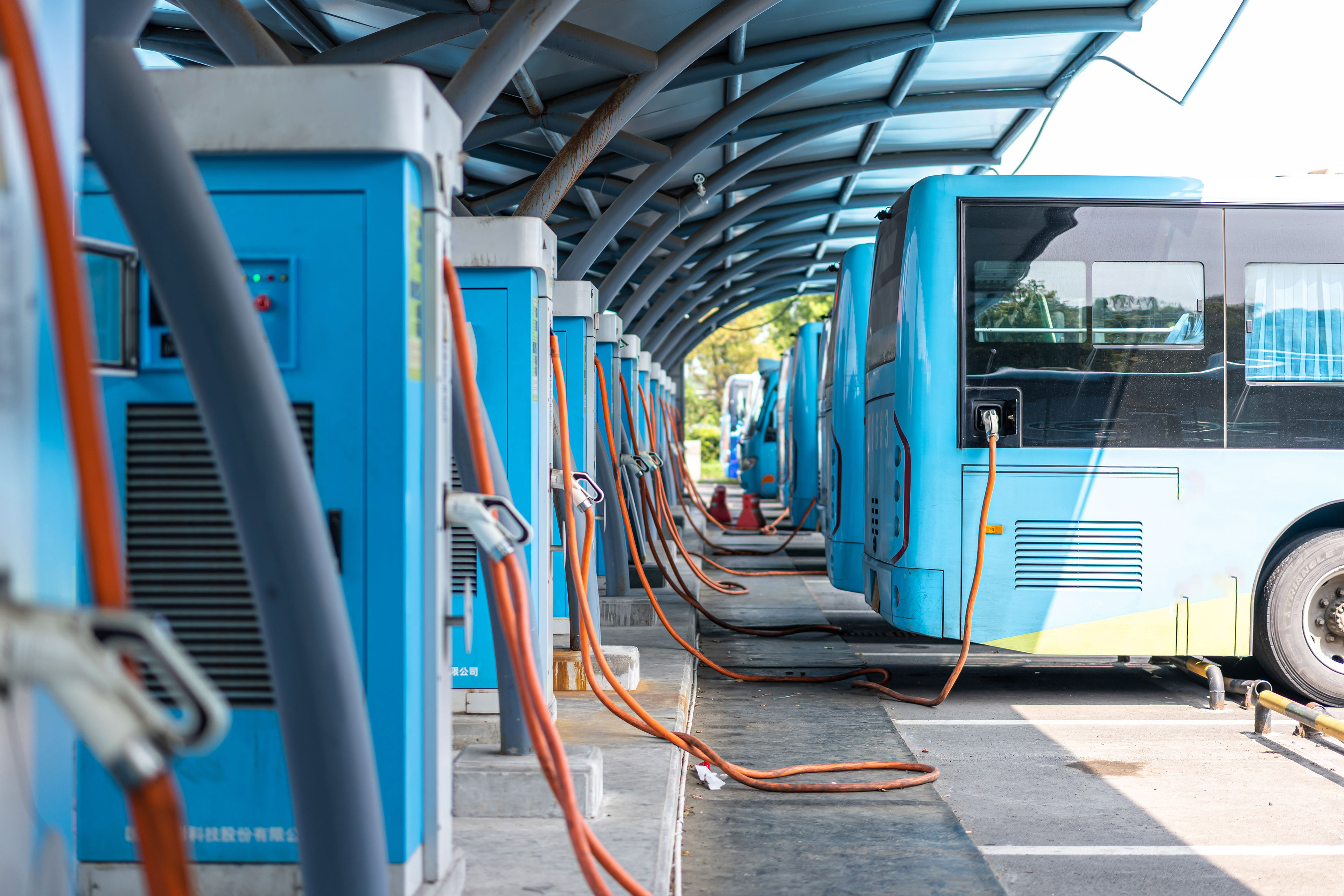Leveraging partnership strategies to drive successful outcomes
Installing EV charging infrastructure with the scale to encourage EV adoption affords states an opportunity to engage with private industry in new and unprecedented ways, considering the commercial imperatives of charging companies, site hosts and electric utilities.
It is critical for states to engage directly and early with private sector players in the e-mobility ecosystem — charge point companies; site hosts such as private rest-stop operators, restaurants and cafes; retail establishments; and utilities — to develop a better understanding of commercial models and to educate potential bidders about the public goals they are trying to achieve.
Charge point companies would seem to be the natural lead partner for states in bidding for and implementing EV charging infrastructure. Commercial limitations on many public highways mean states may need to consider private land for EV charging infrastructure. This presents an opportunity for national retail establishments to play an even bigger role if they see EV chargers as a way to drive sales as customers wait to juice up. Under federal NEVI guidelines, however, deployment is meant to be executed to meet policy goals of the program, including chargers every 50 miles in corridors and providing 40% of benefits to disadvantaged communities. Planners may need to reconcile this inherent tension.
States will need to develop bidder selection criteria
Beyond equity requirements that may prove difficult to measure, the fundamental tenets of fairness, transparency and efficiency can inform any strategy for deploying federal capital through states to private partners. Many states will want to leverage private investment as much as possible to stretch federal dollars and limit local funding contributions. That said, some locations will be less economically attractive than others, raising the risk of stranded assets once NEVI funding dries up. This will inform procurement strategies and could encourage public-private partnerships. States will likely need to develop bidder selection criteria and strategies that are not only transparent and commercially viable but that also incorporate public goals and long-term performance.
State governments may want to avoid situations where a single EV charging site host is the dominant recipient of NEVI funding, which could lead to monopolistic behavior, create a single point of failure or deliver a first-mover windfall returns as the EV market takes off. On the other hand, states may want to limit the number of counterparties given the complexity of implementing a large charging program.
Given the potential challenges we have only begun to unearth about deploying EV infrastructure at scale, EY experience shows that states can consider multi-pronged partnership strategies that address realities between states and within regions of a state. These strategies could include:
- A procurement program where private parties compete for funds to deploy infrastructure in areas that meet NEVI requirements
- Concession procurement in which private parties bid for the right to design, build, operate, maintain and potentially finance publicly funded infrastructure under a performance agreement
- Construction and maintenance procurement where the state is the direct owner of the infrastructure
Ultimately, the rate of adoption of EVs will be the measure of success, within the parameters of policy and operational goals.






